Traveling is more than just ticking off popular tourist destinations from your bucket list. It's about discovery, embracing the unknown, and immersing yourself in the beauty of the world. While iconic landmarks and bustling cities have their charm, there's an undeniable allure in venturing off the beaten path to uncover lesser-known destinations and hidden gems that often escape the spotlight. In this journey of exploration, we will traverse through a tapestry of small towns, villages, and natural wonders that remain concealed from the masses.
1. Matera, Italy: The Stone City
Tucked away in the southern region of Italy lies Matera, a city that defies time and expectations. Carved into the rugged cliffs of the Basilicata region, Matera's unique architecture will transport you to a bygone era. The Sassi di Matera, a complex of ancient cave dwellings, offers an astonishing glimpse into the ingenuity of early human settlements. These dwellings, believed to be among the first human settlements in Italy, are now a UNESCO World Heritage site.
As you meander through Matera's labyrinthine streets, you'll encounter homes, churches, and restaurants seamlessly integrated into the rocky landscape. The play of light and shadow on the stone facades during sunrise and sunset is a photographer's dream. Matera's charm lies in its authenticity, as it has not succumbed to mass tourism, allowing you to savor its history and culture at your own pace.
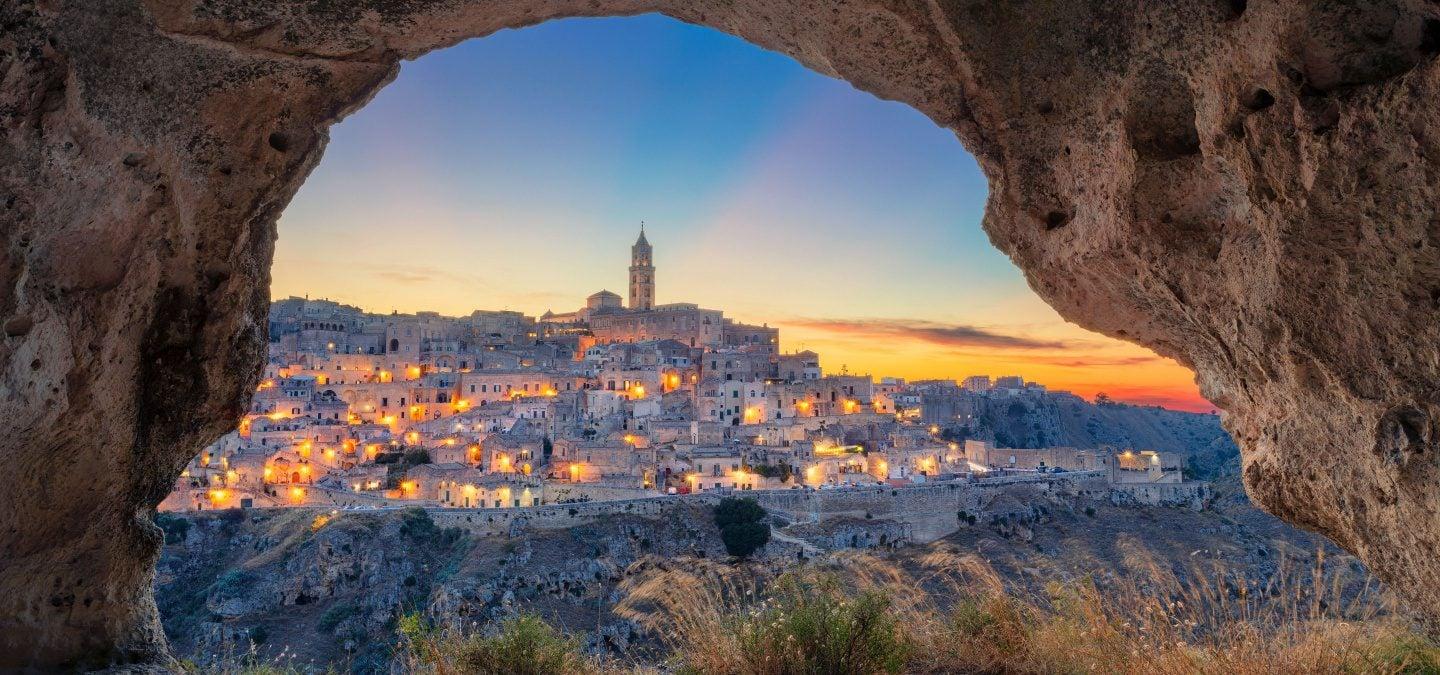
2. Chefchaouen, Morocco: The Blue Oasis
Morocco is a land of diverse landscapes and captivating cities, but none are as visually stunning and serene as Chefchaouen. Nestled in the Rif Mountains in the northwest of Morocco, this picturesque town is a hidden oasis known for its vibrant blue-painted buildings. Walking through Chefchaouen's narrow, winding streets is like stepping into a surreal dreamscape.
The town's calming blue hues are said to have been introduced by Jewish refugees in the 1930s, who believed that the color blue symbolized the sky and heaven, thereby offering protection. Whether it's the azure walls, the inviting aromas wafting from street-side food stalls, or the serene atmosphere, Chefchaouen invites travelers to unwind and soak in its ethereal beauty.
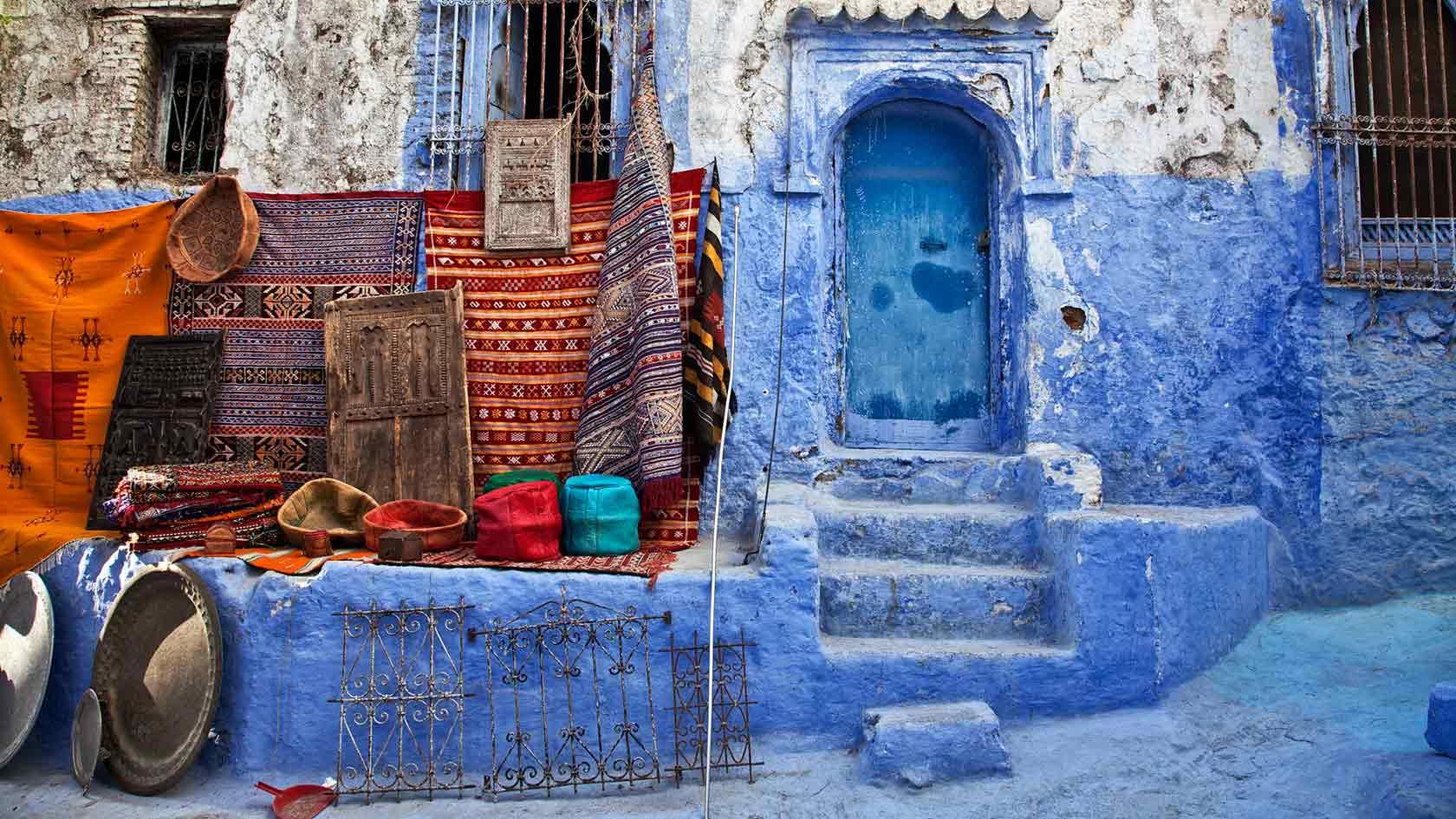
3. Bhutan: The Land of Happiness
Nestled in the heart of the Himalayas, Bhutan remains one of the world's best-kept secrets. This small, landlocked kingdom has long been isolated from the outside world, which has allowed it to preserve its unique culture and traditions. Bhutan is often referred to as the "Land of Happiness" due to its focus on Gross National Happiness, a holistic approach to measuring well-being that prioritizes spiritual, physical, and mental health over material wealth.
While visiting Bhutan, you'll encounter stunning monasteries perched on cliff edges, such as the iconic Tiger's Nest Monastery. You can trek through pristine forests, breathe in the crisp mountain air, and interact with friendly locals who are more than happy to share their way of life. Bhutan's sustainable tourism policies ensure that its beauty remains unspoiled and its culture undisturbed.
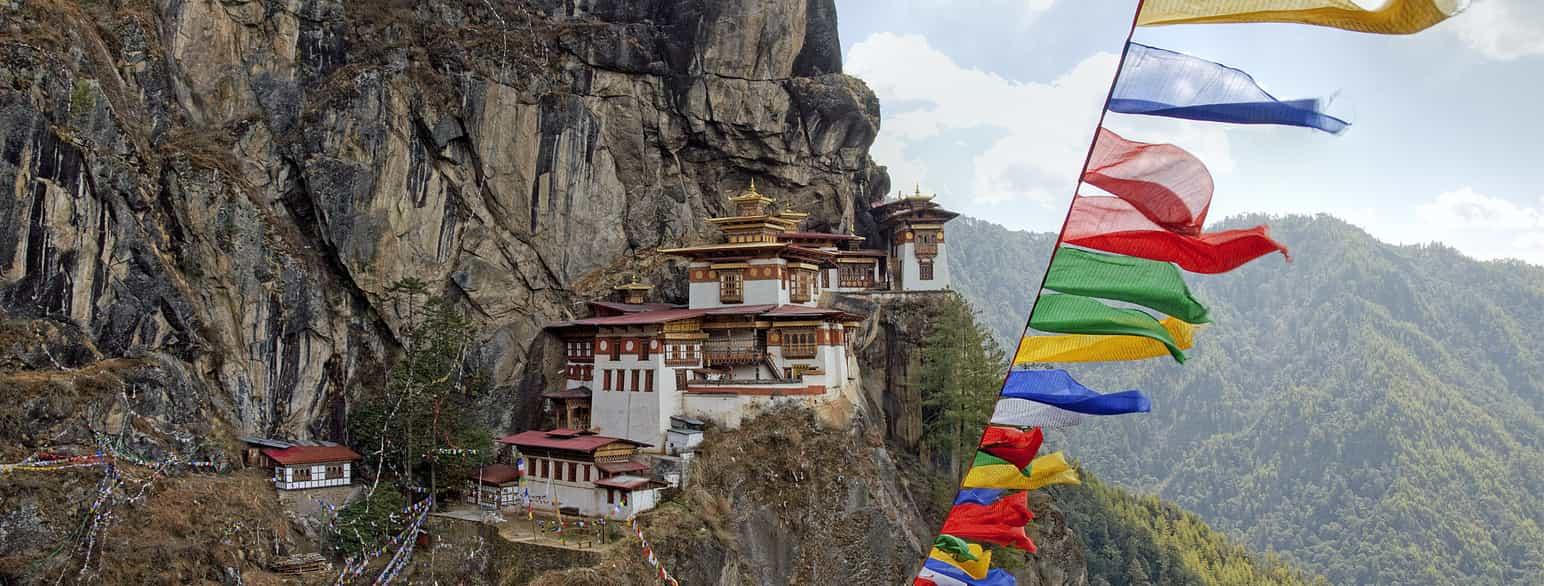
4. Faroe Islands: Nature's Masterpiece
If you seek unspoiled natural beauty and a sense of remote isolation, the Faroe Islands in the North Atlantic Ocean beckon with open arms. This archipelago, a self-governing territory of Denmark, boasts dramatic landscapes that include towering cliffs, lush green valleys, and cascading waterfalls. The Faroe Islands are a paradise for hikers and outdoor enthusiasts, offering countless hiking trails with breathtaking views.
One of the hidden gems of the Faroes is Gasadalur, a village with a population of just 18 people. It's famous for its stunning waterfall, Mulafossur, which plunges dramatically into the ocean. The sight of the waterfall framed by the village's charming houses is a sight to behold. The Faroe Islands provide a peaceful retreat into nature, where you can disconnect from the hustle and bustle of modern life and reconnect with the raw beauty of the natural world.
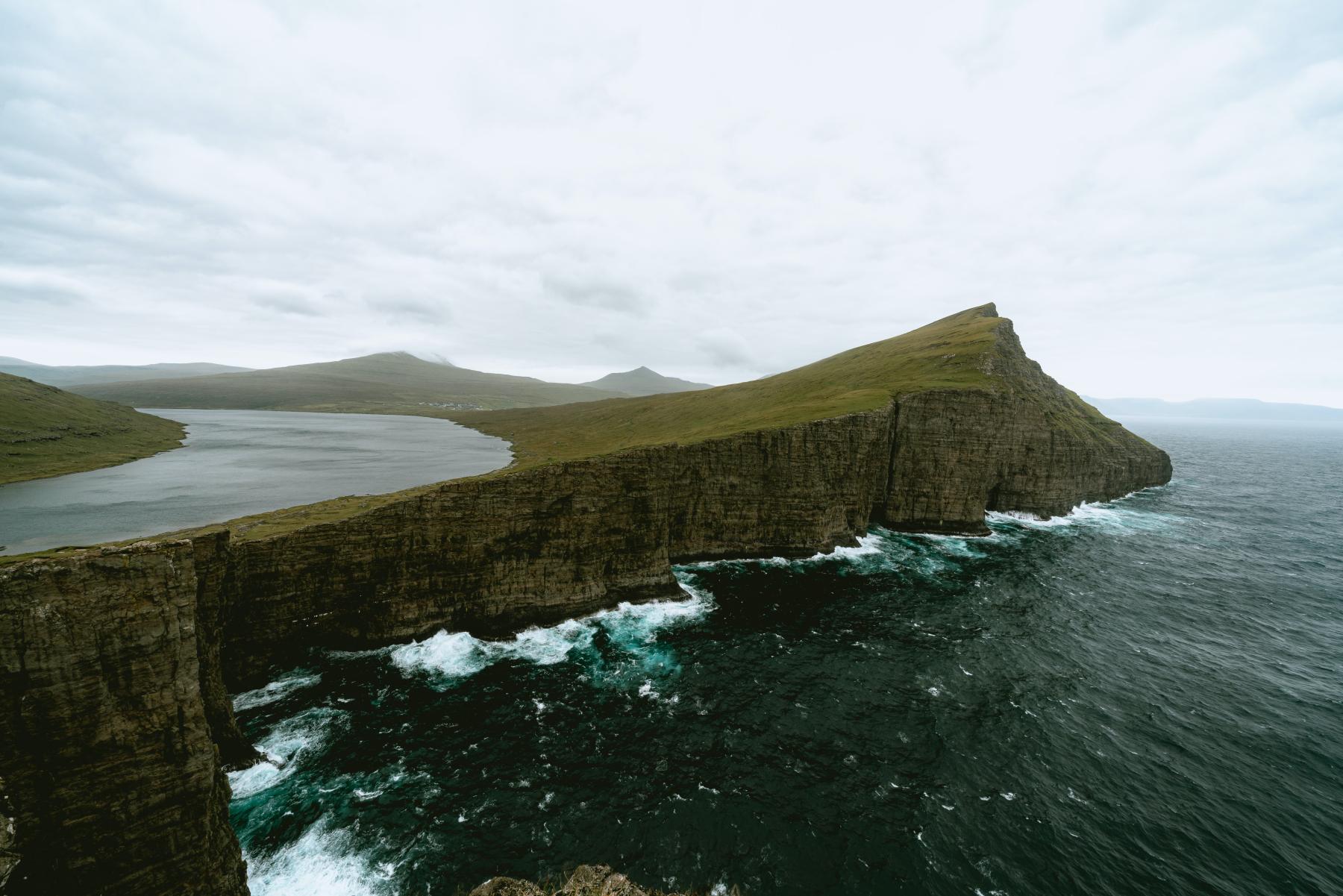
5. Svaneti, Georgia: A Mountainous Haven
Svaneti is a remote and rugged region in the country of Georgia, nestled in the South Caucasus. This hidden gem is a paradise for adventure seekers and nature lovers alike. Surrounded by towering peaks, Svaneti is home to traditional Svan towers—stone defensive structures that have stood for centuries, protecting the region's inhabitants from invaders.
The town of Mestia serves as the gateway to Svaneti and is a great starting point for exploring the region. You can embark on treks to remote villages, visit ancient churches adorned with frescoes, and enjoy the warm hospitality of the Svans, who have preserved their unique culture and language. Svaneti is a place where time seems to stand still, allowing you to immerse yourself in a world of natural beauty and history.
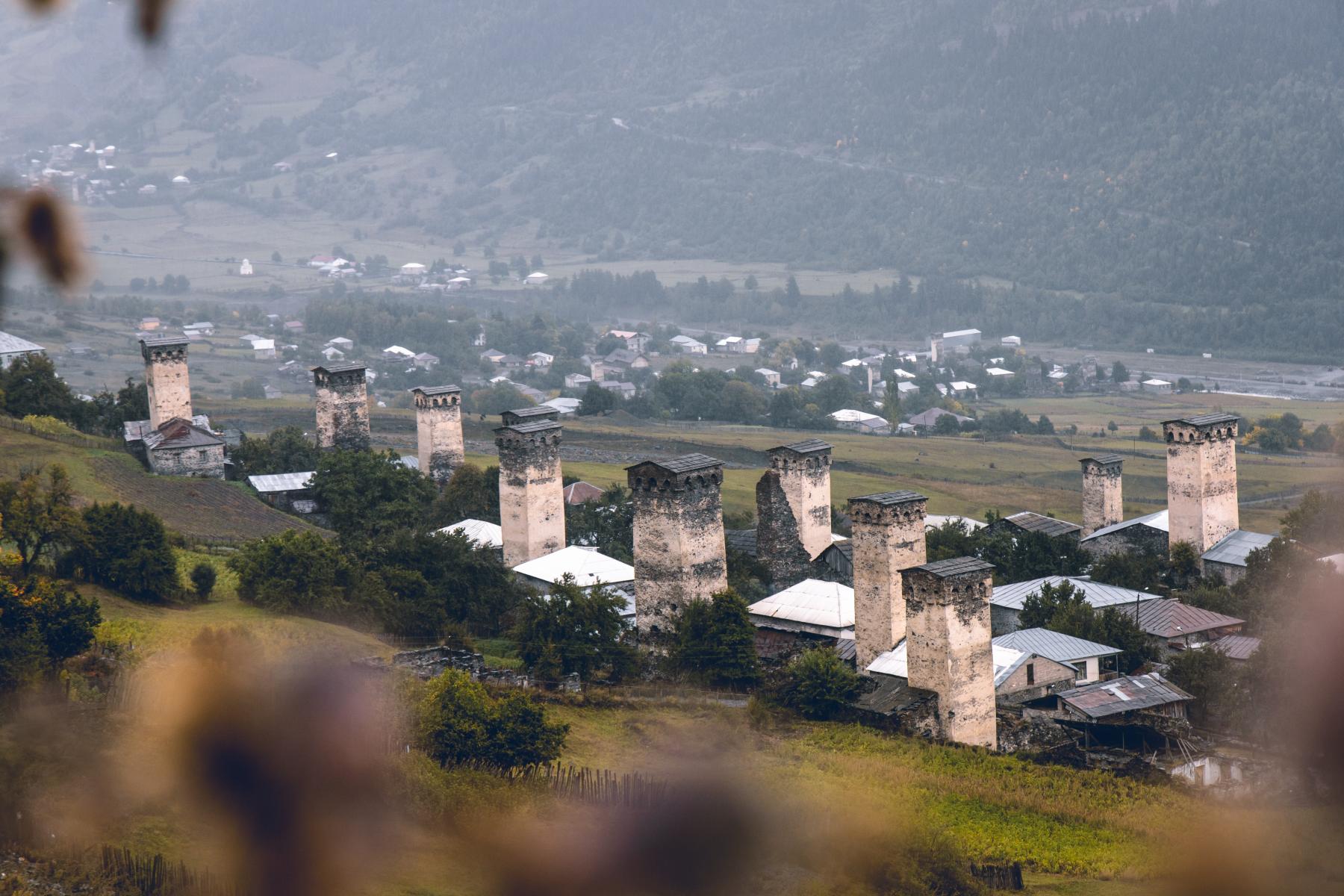
6. Gimmelwald, Switzerland: Alpine Serenity
Switzerland is renowned for its stunning Alpine landscapes, but amidst the tourist hubs, Gimmelwald remains a tranquil haven. This small village, perched high in the Bernese Oberland region, offers unspoiled beauty and a glimpse into traditional Swiss mountain life.
Gimmelwald is a paradise for hikers and nature enthusiasts, with numerous hiking trails leading to breathtaking vistas. The village is car-free, adding to its serenity, and you can savor delicious Swiss cheese and chocolate in its cozy chalets. With the towering peaks of the Eiger, Mönch, and Jungfrau as a backdrop, Gimmelwald offers an Alpine experience that's both authentic and awe-inspiring.
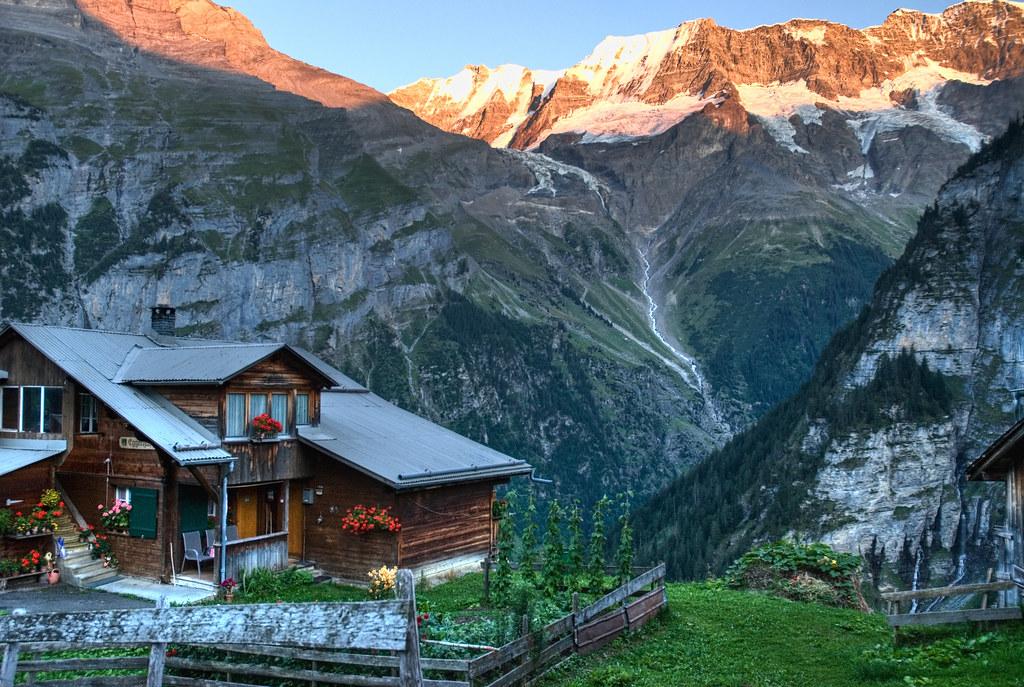
7. Salar de Uyuni, Bolivia: Nature's Mirror
Hidden in the vast expanse of the Bolivian Altiplano is a natural wonder that seems straight out of a dream—the Salar de Uyuni. This enormous salt flat, the largest in the world, creates a mesmerizing mirror effect during the rainy season. When covered in a thin layer of water, the Salar reflects the sky above, creating an otherworldly illusion of walking on clouds.
The Salar de Uyuni is not only a photographer's paradise but also a place to connect with the Earth's natural beauty in a way that few destinations can offer. You can explore the salt flats, visit the Isla Incahuasi with its giant cacti, and even spend a night in a unique salt hotel. This hidden gem in Bolivia promises an unforgettable and surreal experience.
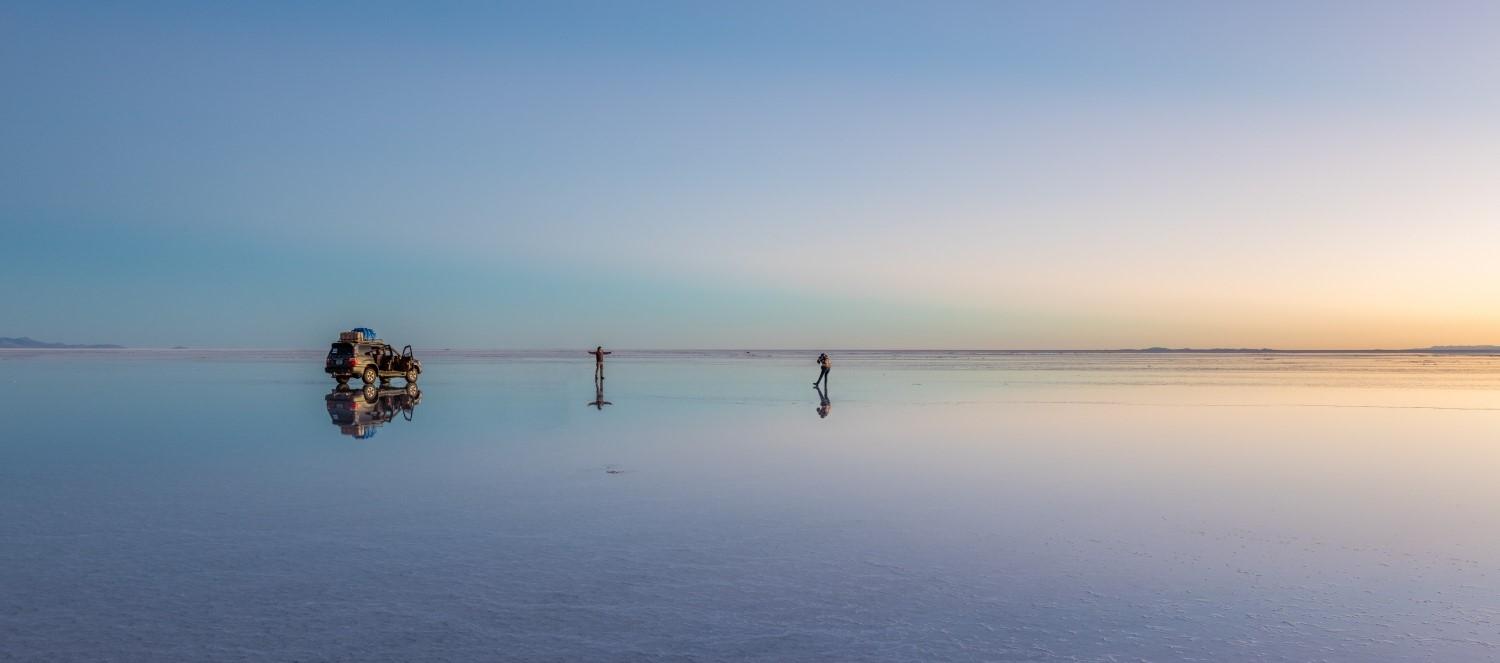
8. Luang Prabang, Laos: Timeless Charm
Nestled between the Mekong River and lush green mountains, Luang Prabang in Laos is a town that exudes timeless charm and tranquility. Its well-preserved architecture, a blend of French colonial and traditional Lao styles, adds to its allure. The town is a UNESCO World Heritage site, and wandering its streets feels like stepping back in time.
Luang Prabang is known for its Buddhist temples, saffron-clad monks, and the daily alms-giving ceremony. You can explore serene waterfalls, take a boat ride on the Mekong River, or simply relax in a café and watch life go by. The town's unhurried pace and gentle ambiance make it a hidden gem for travelers seeking a peaceful escape.
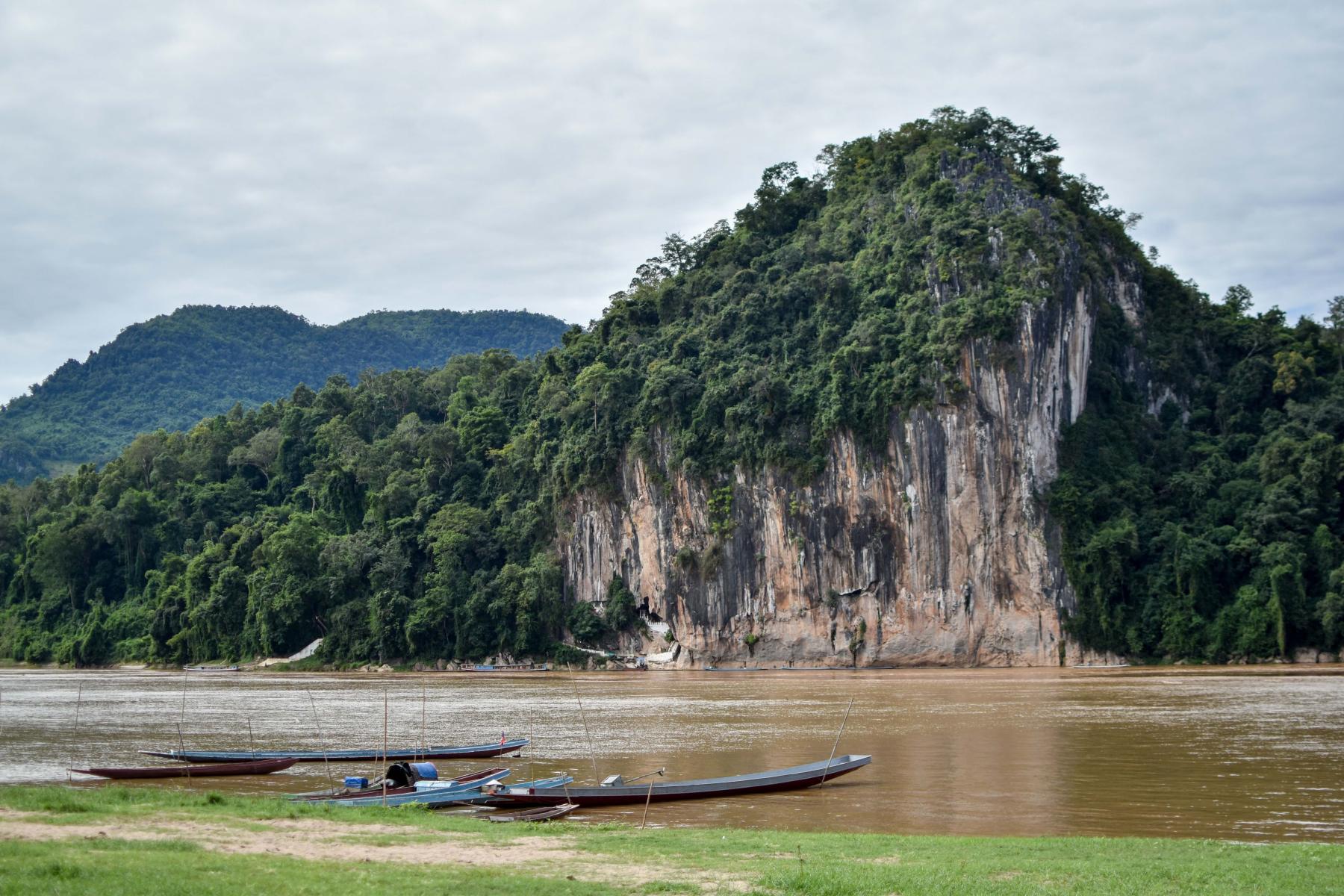

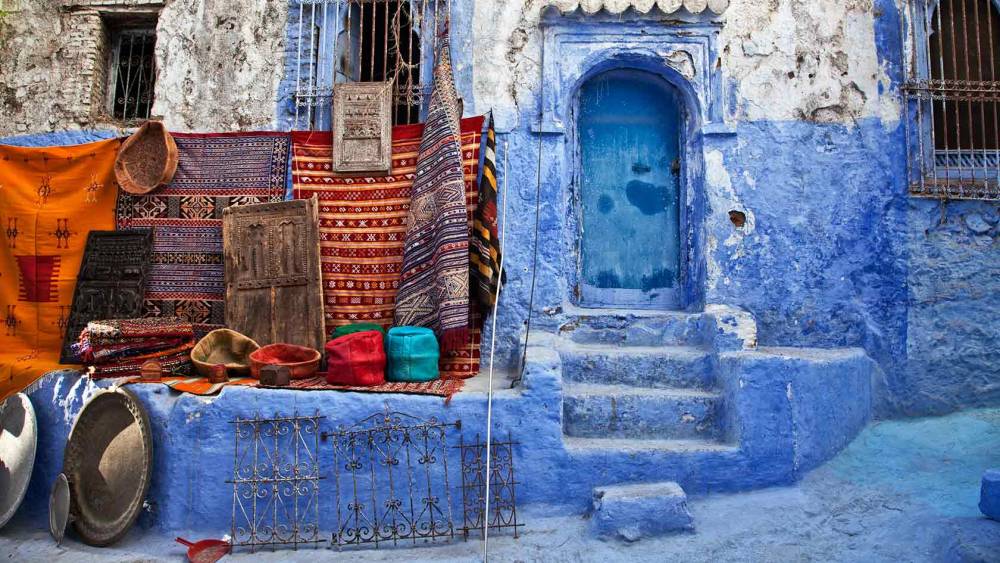
0 Comments